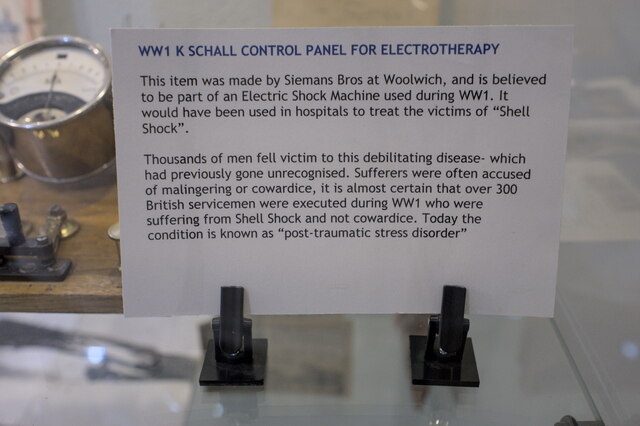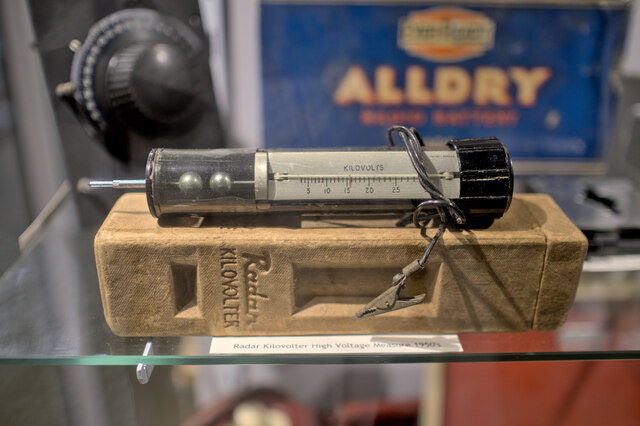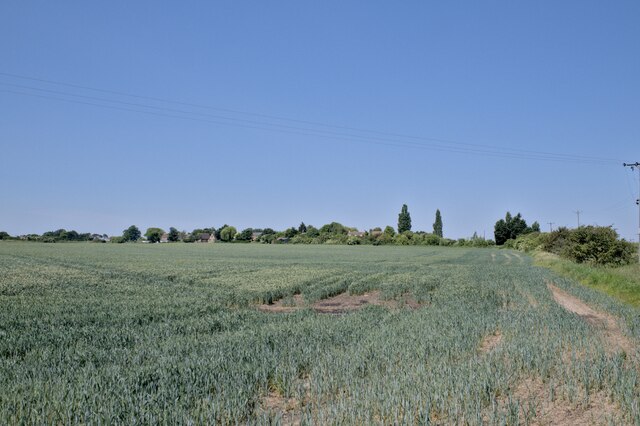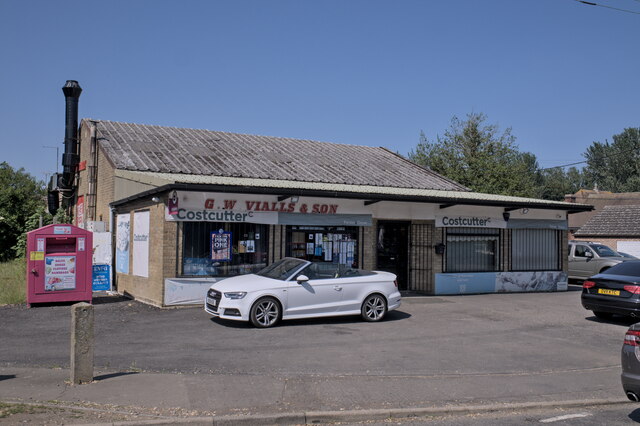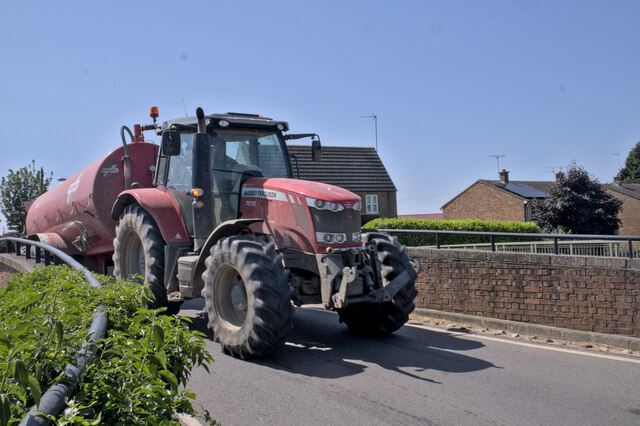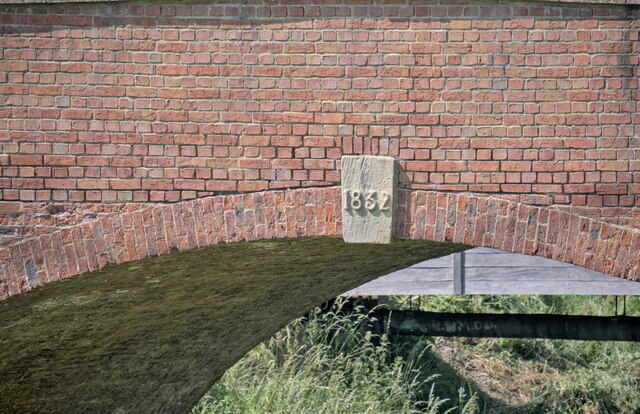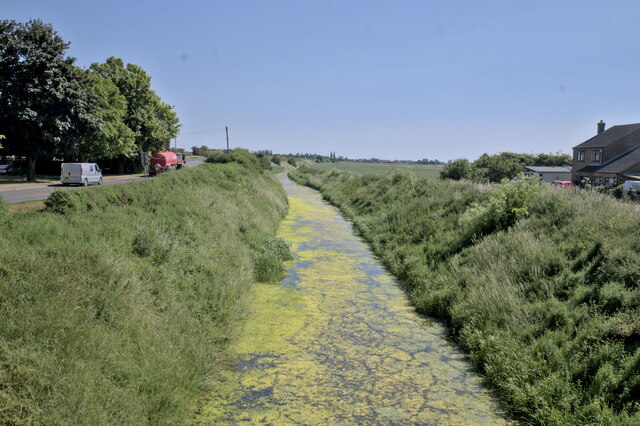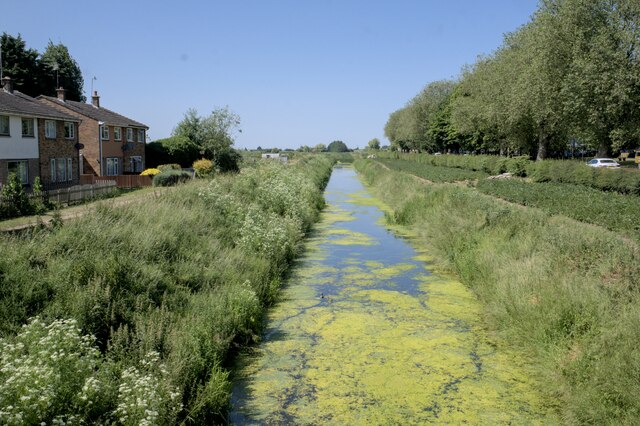Parson Drove Fen
Downs, Moorland in Cambridgeshire Fenland
England
Parson Drove Fen
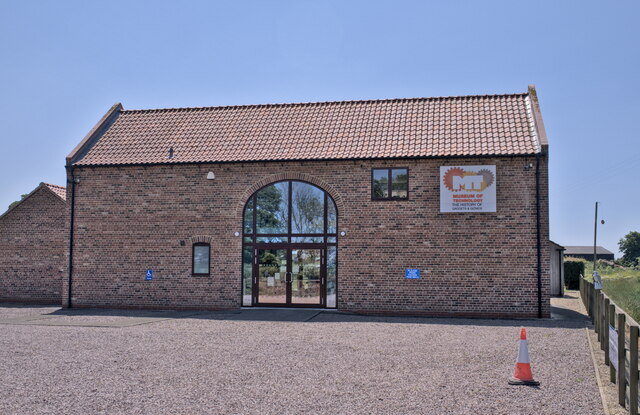
The requested URL returned error: 429 Too Many Requests
If you have any feedback on the listing, please let us know in the comments section below.
Parson Drove Fen Images
Images are sourced within 2km of 52.649598/0.003300889 or Grid Reference TF3507. Thanks to Geograph Open Source API. All images are credited.

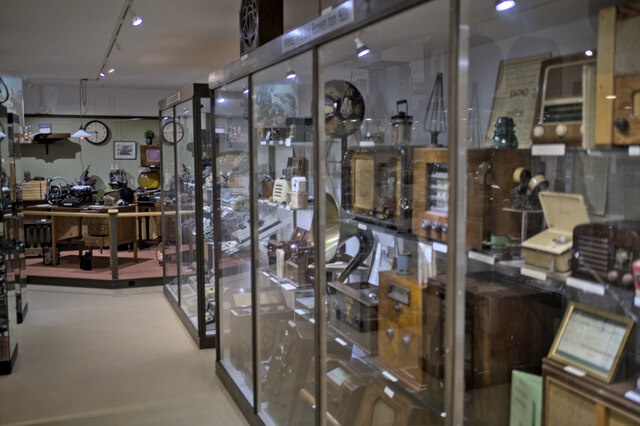
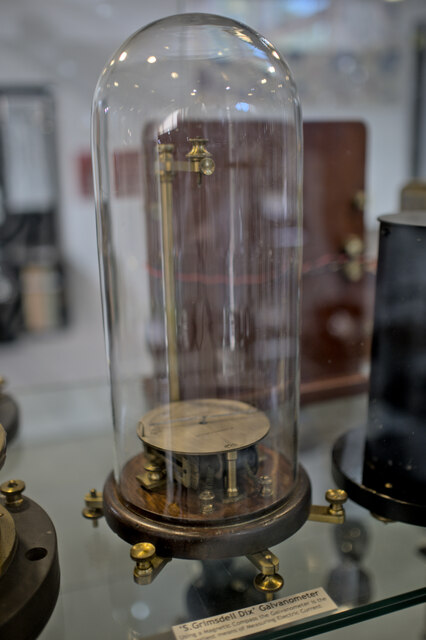
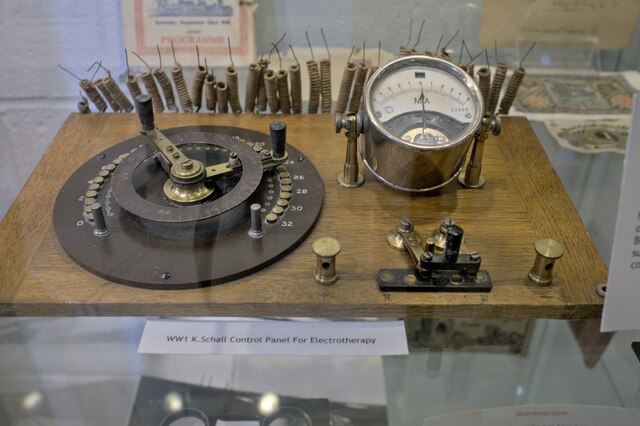
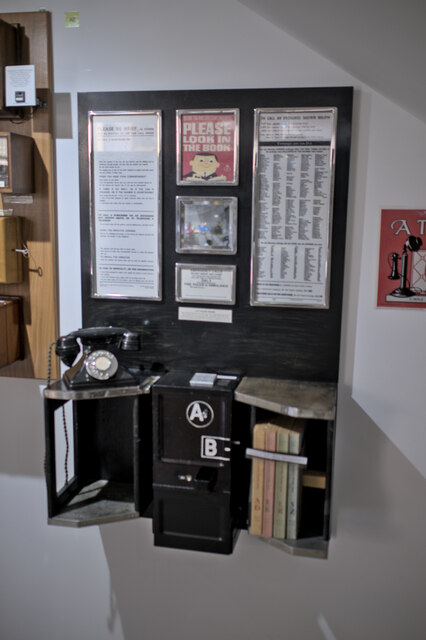
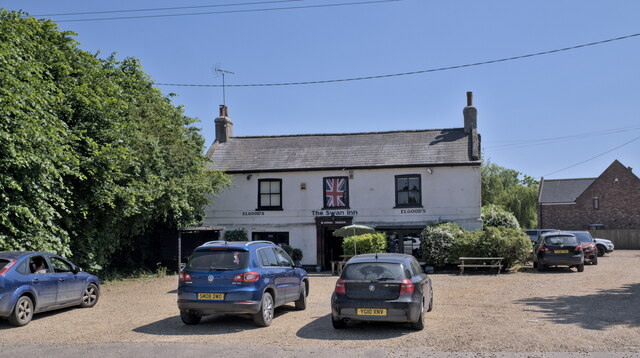
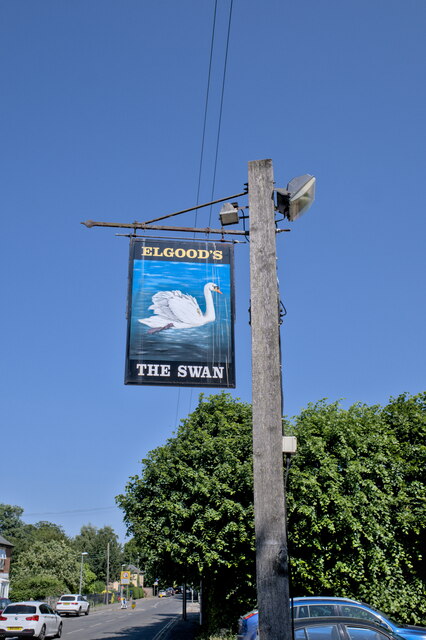
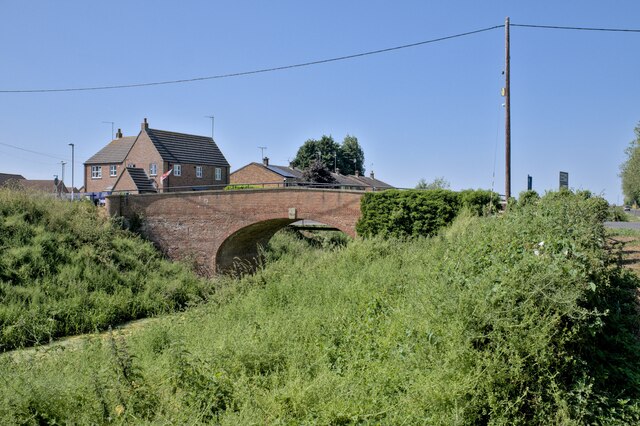
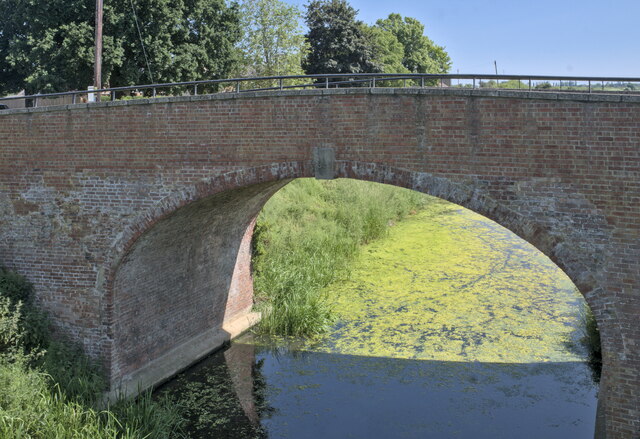
Parson Drove Fen is located at Grid Ref: TF3507 (Lat: 52.649598, Lng: 0.003300889)
Division: Isle of Ely
Administrative County: Cambridgeshire
District: Fenland
Police Authority: Cambridgeshire
What 3 Words
///outsiders.villager.bulge. Near Gedney Hill, Lincolnshire
Nearby Locations
Related Wikis
Murrow West railway station
Murrow West railway station was a station on the Great Northern and Great Eastern Joint Railway in Murrow, Cambridgeshire between Spalding, England, and...
The Museum of Technology
The Museum of Technology the History of Gadgets and Gizmos (formerly The Museum of Technology, The Great War and WWII) is a technology museum in Throckenholt...
Throckenholt
Throckenholt is a village in the civil parish of Sutton St Edmund (where the population is listed) in the South Holland district of Lincolnshire, England...
Murrow East railway station
Murrow East railway station was a station in Murrow, Cambridgeshire. It was on the Midland and Great Northern Joint Railway line between Wisbech and Peterborough...
Nearby Amenities
Located within 500m of 52.649598,0.003300889Have you been to Parson Drove Fen?
Leave your review of Parson Drove Fen below (or comments, questions and feedback).
